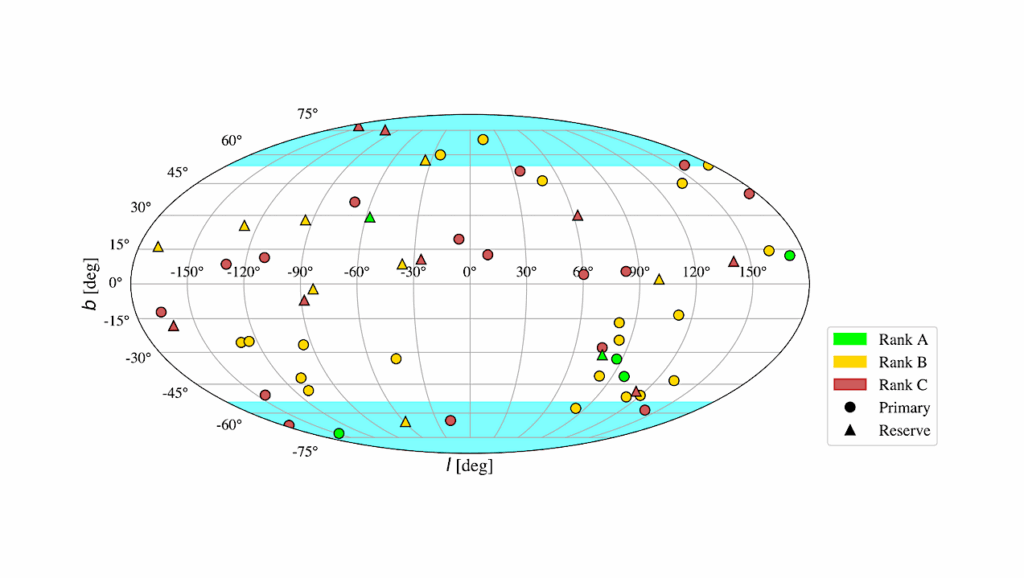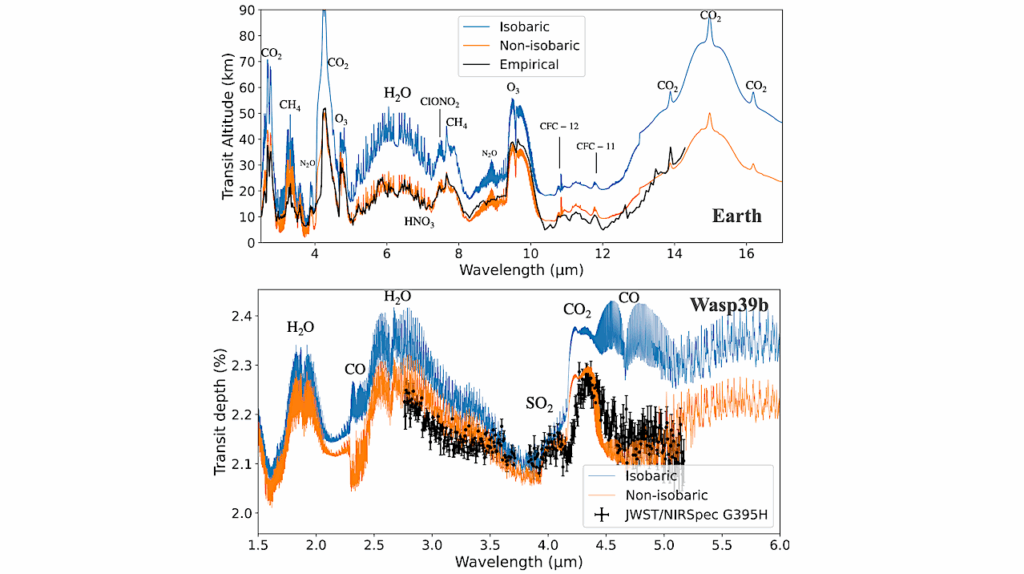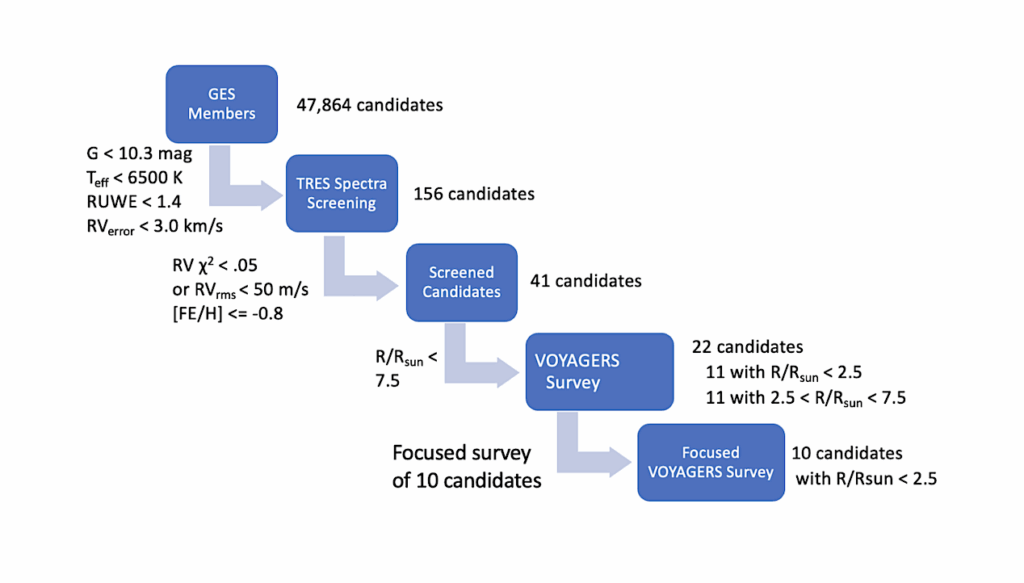Characterizing Planetary Systems With SPIRou: A Temperate Sub-Neptune Exoplanet Orbiting The Nearby Fully-convective Star GJ 1289 And A Candidate Around GJ 3378

We report the discovery of two new exoplanet systems around fully convective stars, found from the radial-velocity (RV) variations of their host stars measured with the nIR spectropolarimeter CFHT/SPIRou over multiple years.
GJ 3378 b is a planet with minimum mass of 5.26+0.94−0.97 Mearth in an eccentric 24.73-day orbit around an M4V star of 0.26 Msun. GJ 1289 b has a minimum mass of 6.27±1.25 Mearth in a 111.74-day orbit, in a circular orbit around an M4.5V star of mass 0.21 Msun. Both stars are in the solar neighbourhood, at respectively 7.73 and 8.86 pc.
The low-amplitude RV signals are detected after line-by-line post-processing treatment. These potential sub-Neptune class planets around cool stars may have temperate atmospheres and be interesting nearby systems for further studies. We also recovered the large-scale magnetic field of both stars, found to be mostly axisymmetric and dipolar, and with a polar strength of 20-30 G and 200-240 G for GJ 3378 (in 2019-21) and GJ 1289 (in 2022-23), respectively.
The rotation periods measured with the magnetic field differ from the orbital periods, and in general, stellar activity is not seen in the studied nIR RV time series of both stars. GJ 3378 b detection is not confirmed by optical RVs and is therefore considered a candidate at this point.

Reconstructed maps of the large-scale field of GJ 3378 in seasons 2019, 2020, 2021 (from top to bottom). The left, middle and right columns represent the radial, azimuthal, and meridional field components in spherical coordinates. The colour bar is expressed in Gauss. The maps are shown in a flattened polar projection down to latitude –60◦ with the pole at the centre and the equator depicted as a bold line. Outer ticks indicate phases of observations, assuming a rotation period of 95.1 d and counting from an arbitrary BJD of 2458745.0. — astro-ph.EP
C. Moutou, M. Ould-Elhkim, J.-F. Donati, P. Charpentier, C. Cadieux, X. Delfosse, E. Artigau, L. Arnold, C. Baruteau, A. Carmona, N.J. Cook, P. Cortes-Zuleta, R. Doyon, G. Hebrard, the SLS consortium
Comments: accepted in A&A
Subjects: Earth and Planetary Astrophysics (astro-ph.EP); Solar and Stellar Astrophysics (astro-ph.SR)
Cite as: arXiv:2406.10384 [astro-ph.EP] (or arXiv:2406.10384v1 [astro-ph.EP] for this version)
Submission history
From: Claire Moutou
[v1] Fri, 14 Jun 2024 19:29:23 UTC (8,600 KB)
https://arxiv.org/abs/2406.10384
Astrobiology








